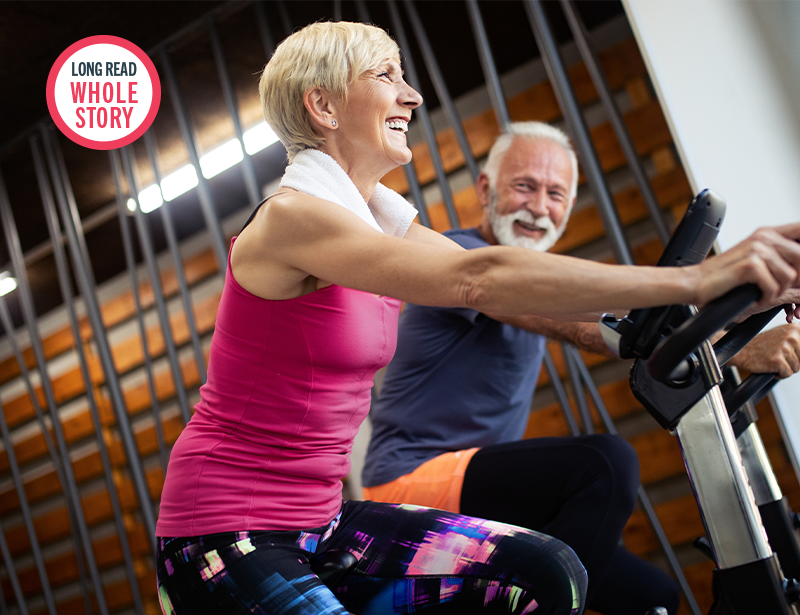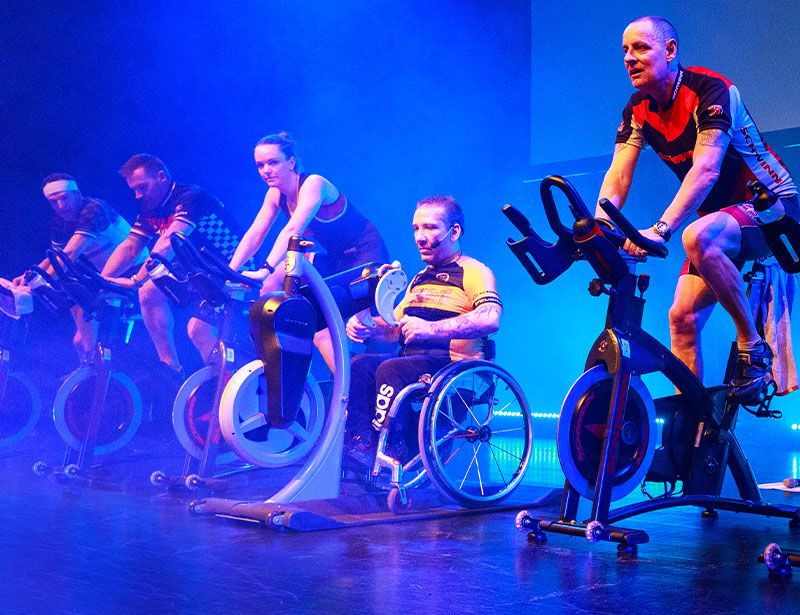Indoor cycling academy
Future-proofed instructors

Tash Marshall Bean
Founder, Authentic Instructor Training Inc.
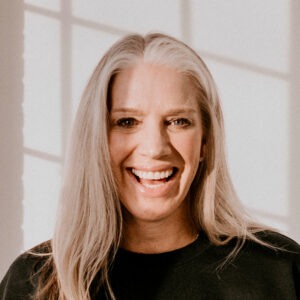
Delivery methods have no doubt diversified within indoor cycling, encouraging all of us to keep learning, growing and challenging ourselves.
Yet particularly as our sector re-opens from the pandemic, bringing a wave of new clients into fitness, I believe it’s critically important that we take classes back to basics; while we’ve all had time to research our trade, now may not be the best time to introduce all sorts of next-level moves into your classes.
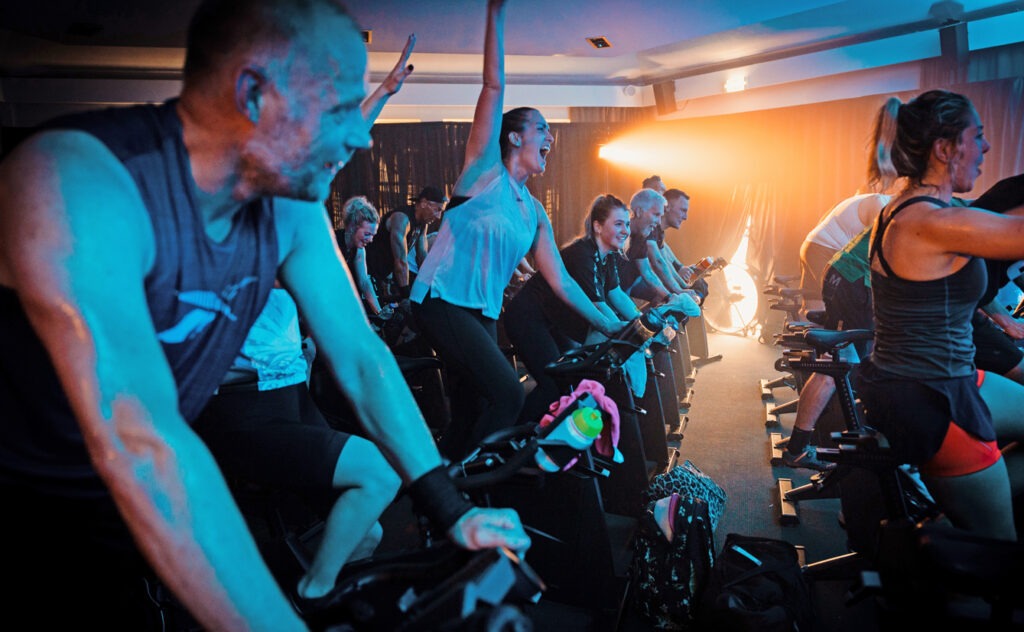
As an instructor, your role is to make every participant feel successful, but I’m currently seeing far too many instructors making things too complicated for their riders and leaving people behind. So, my first observation from an education perspective: instructors must (re)learn how to integrate new riders with well-versed riders to maintain client success. Practise next-level choreography at home or post-class with fellow instructors, but only slowly introduce new moves and combos so you build your class together.
“our instructors learn to ‘tap’ every song using a BPM app so they know how to use it in class”
Second, let’s be honest, very few people fall in love with a stationary bike. They fall in love with the experience of riding together to the beat of incredible music in an inclusive community. It’s why we love doing music workshops – because, from boutique studios to big box gyms, music is key to instructors scaling up their class experiences.
All the instructors we train learn to ‘tap’ every song – using a BPM app – to register the beat. Once they have the BPM, our tempo guidelines tell them how and where that track could be used in class. Only then do we look at musical rhythms, big beat drops and lyrical connection to give their riders goosebumps.
Next, teach instructors to be comfortable on camera: they’re going to need it in this hybrid world. Our experience is that instructing online is harder than in-person, so we actually train people to deliver online first. This builds a solid foundation before we move on to in-person.
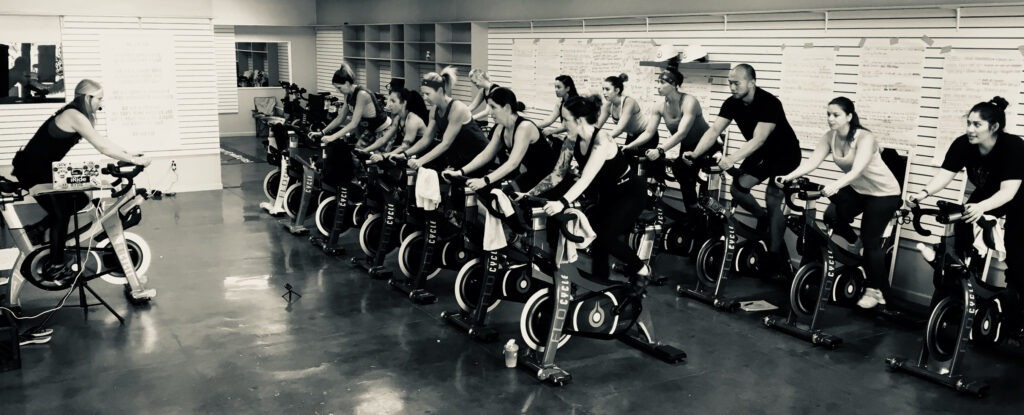
Online instruction requires a very different skillset from in-person to ensure those on the other side of the screen feel engaged and seen. At a minimum, your energy should be at least 25 per cent higher online, with a good balance struck between showing great technique on the bike and being off-bike, connecting with clients individually and checking their form.
Finally, my firm belief is that you can’t teach someone to be an elite indoor cycling instructor in eight hours alone. There are so many levels to creating a great experience, and it takes time to build people’s confidence to get out there and deliver. I’d like to see a governing body in place to monitor the industry and ensure consistent standards are maintained.
Yet however much indoor cycling evolves, I believe one requirement remains unchanged: whether newly qualified or highly experienced, instructors must forge a genuine connection with their customers, and that requires an ongoing focus on building next-level engagement skills. Emma Barry said it best: “If clients like you, they’ll leave you. If they love you, they’ll stay.”
Noël Nocciolo
Cycle master trainer, boutique thought leader, consultant
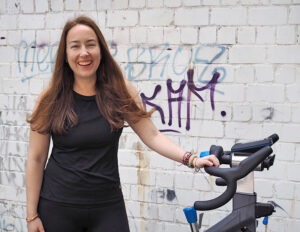
Big box gyms must decide if they wish to be known for great instructor talent. With other departments competing for budget, this is not always the case. If they do, a new approach to investment is required, countering the lure of high-promising boutique studios by rewarding talent financially and investing in continuing education, hosting regular workshops for free or at a reduced price.
Meanwhile, boutiques must move away from the ‘one big training pre-opening only’ approach, and/or knee-jerk training only when competition arises, instead investing in regular growth and mentorship. Talent is the product; riders may come for the luxe amenities, but they stay for the connection forged in class by the instructor. Internal curricula and continued up-levelling of skills has never been more essential.
But what should that continuing education look like? For me, nothing will replace quality continued education that’s rooted in exercise science, evolving over time with new research and conclusions and not adding a move just because it was seen on Instagram. Alongside this, however, as gyms and studios increasingly compete for riders’ time, money and attention – including at-home – instructors must also hone their training for personality, vibe and inclusion.
“When coaching those unfamiliar with power training, I show the impact of efficient pedal-stroke speeds even when still riding to the music they love”
I myself hit the jackpot in that I completed the entire SoulCycle instructor training in 2011: less about anatomy and physiology, more about music manipulation, energy and performance. I then took the Schwinn Classic certification the following year with Rachel Buschert Vazaralli, who blew my mind with her personality and musicality when delivering scientific principles. She made pure riding fun: on the beat as well as with a purpose. Both sides of that training coin have helped immensely in the way I’ve delivered education myself since 2014, showing how every style of cycling class can be made captivating and ‘entertraining’.
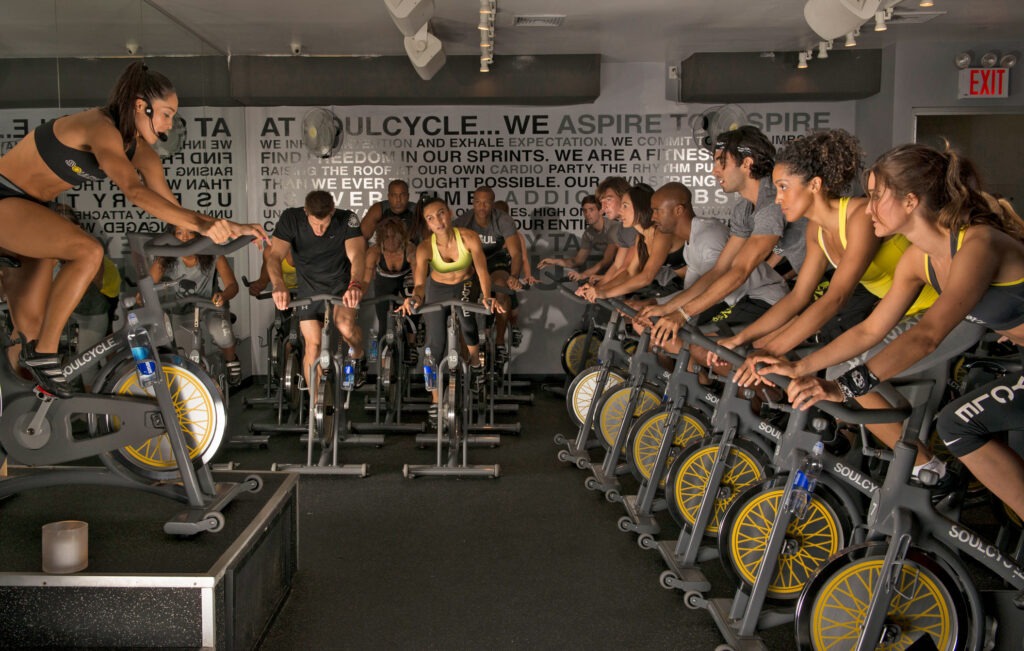
As co-creator of PEP For FitPros, I also believe the way we use our voices is key to being captivating and ‘entertraining’. In our course, we teach instructors to preserve their voices and protect their careers, but also to authentically differentiate themselves vocally from other coaches. Personality, energy and attitude can all be traced back to how we use our voices healthily and as performers: screaming on microphones, losing our voices and risking longer-term voice injury are out; compelling coaching is in.
My training always supports technology too. When coaching those unfamiliar with power training, I aim to get a demo bike with a power meter to tangibly show the impact of efficient pedal-stroke speeds, even when still riding to the music they love and whose beats they want to ride.

In short, I like to see continuing education as a buffet we take from and budget for annually, taking the best of the certifications, and the best of the internal trainings and performance workshops, to help new and veteran instructors to grow and become more rounded. I’m interested in what we can add to our educational lives rather than take away.
Zack Schares
Fitness consultant & talent agent
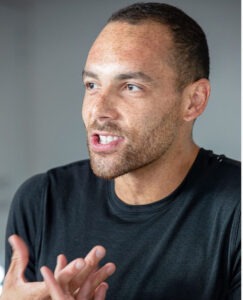
As indoor cycling evolves, there are many instructors – whether newly qualified or in it for years – who are looking to upskill to meet the emerging, predominantly boutique-driven expectation of a true performance in the saddle.
It’s why I run multi-weekend instructor training workshops that dedicate a full weekend to getting each participant up on the podium, running a class and taking feedback. I want everyone to really understand what it takes to be up there, engaging the room, being a great coach and mentor rather than just a good rider.
“Lack of leadership is the greatest impediment to us having the instructor workforce we need”
I also encourage people to find their own style; it’s not about going online and watching the top brands and influencers, then trying to copy them. It’s great to be inspired by others, but these brands do so much behind the scenes to lead people in the way they do. It simply doesn’t work if you try and copy them. You have to find your own style.
If you want to run a studio yourself, you also have to be a great leader. You have to set your team up for success.
I’ve sadly seen too many examples of instructors leaving their employers to set up on their own, thinking they can do better but without any strong leadership skills. Their mindset isn’t right: they push to make it all happen quickly, putting pressure on their teams, so focused on doing better than the local competition that they haven’t properly thought through how they want to run their own businesses, build their own brands, lead their own teams.
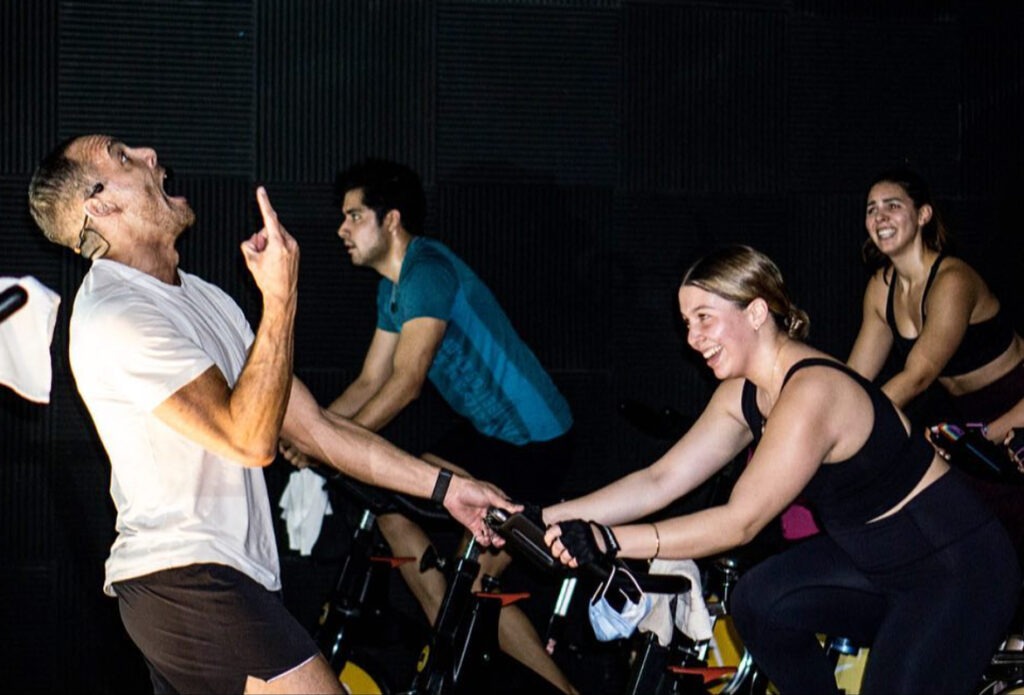
Meanwhile, head instructors don’t really know how to manage those teams, especially when they’re filled with creative types as instructors tend to be.
I believe this lack of leadership is the greatest impediment to us having the instructor workforce we need, which is why leadership is the focus of my new workshop. I believe this is the most important way in which education can evolve to give us the indoor cycling instructors we need.
Launching in September in Mexico City, I’ll be delivering the workshop in partnership with Christopher Chandler from The Nutrition School – a specialist in health and life coaching. With a basic premise that strong leadership starts from within, we’ll define what leadership means at different levels of a business and cover topics such as building credibility and trust, giving feedback, problem solving, empowerment and effective listening.
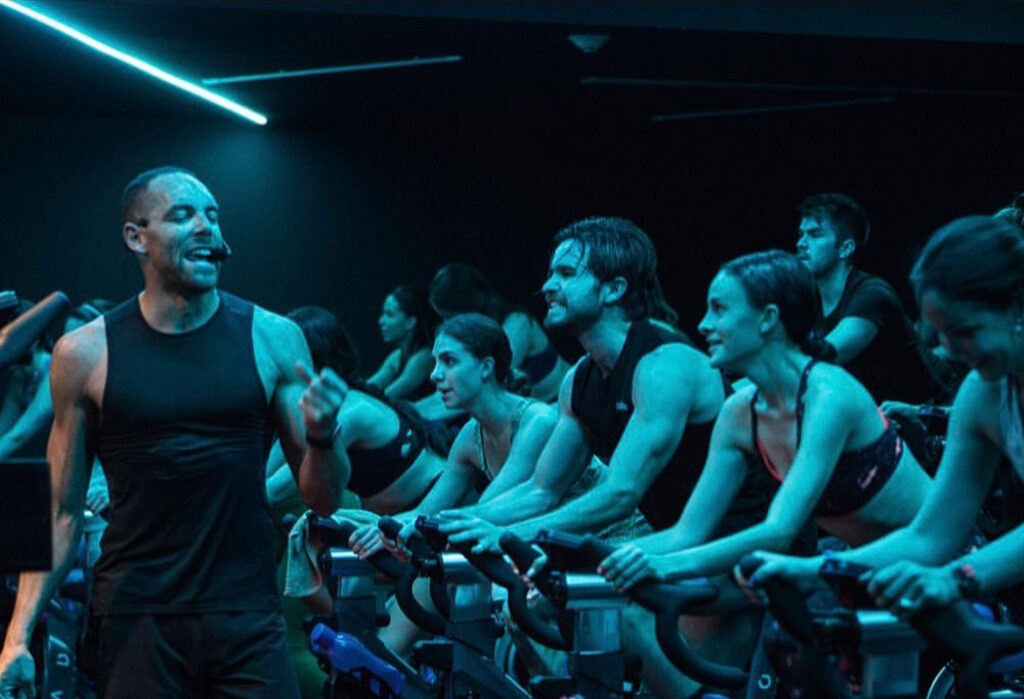
We recommend that at least two people attend from each organisation – owner, head coach, instructor – so teams can take away their shared learnings and grow together.
I believe this workshop has the potential to make a real difference. I believe the instructor workforce we need will result from strong leaders setting that workforce up for success.
Jennifer Sage
Founder, Indoor Cycling Association
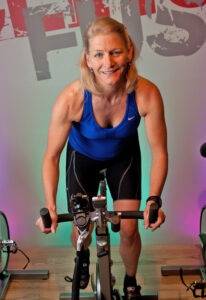
I have enough to say on this topic that I could fill pages! Instead, I’m going to deep dive into how in-person and online education can combine to produce the highest quality instructors.
During lockdown, we saw an explosion of online training courses, certifications and virtual classes. Yet for me, the hands-on guidance of in-person education – so valuable especially when just setting out as an instructor – is hard to replicate online. I firmly believe original certifications should be delivered live.
Where online can add real value is in continuing education – something many studios didn’t insist on pre-pandemic for cost reasons. Online is a cost-effective way to broaden knowledge: while your primary certification should be on the bikes you teach on, you can upskill by taking online courses from other providers.
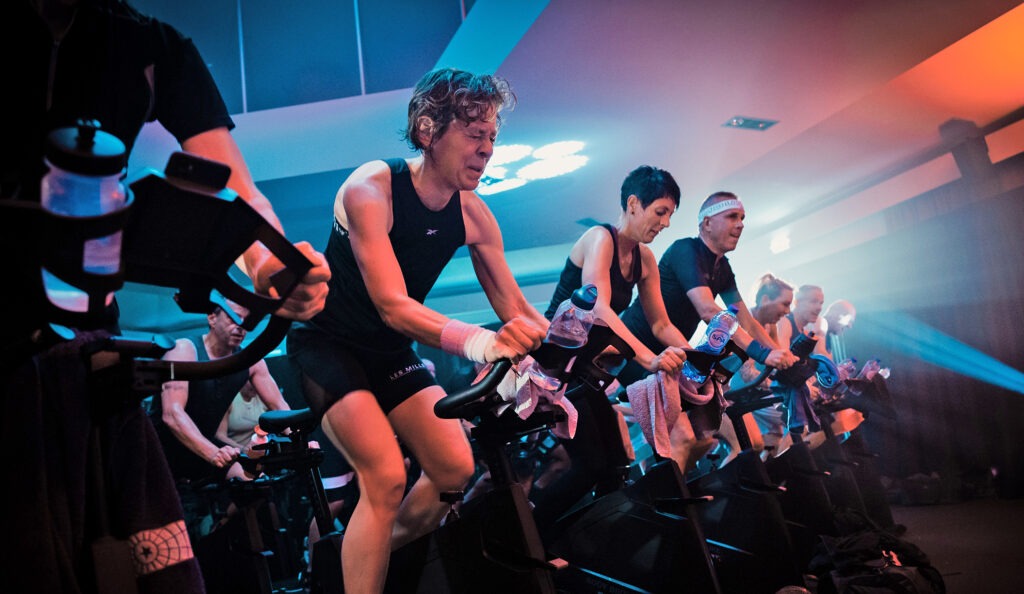
Online courses, e-books and indoor cycling membership sites can also be excellent ways to enhance your knowledge of cycling science, technique, coaching and cueing, communication skills, motivation, power training, profile design, sourcing music, using the power of music to match the message of your profile, working with older or less fit riders, teaching virtual classes and so on.
Indeed, more complex subjects such as exercise physiology and teaching with power are arguably better studied online, simply because of the ability to repeat the content.
And even virtual cycling classes, while not a course per se, are a fabulous way to improve your coaching skills. Subscribe to your favourite master instructor’s virtual rides and write down their inspirational cues. It’s not much different from being at a conference!
“Expand your knowledge of the science of cycling, not just the entertainment aspect. You’ll become a more rounded instructor.”
But proceed with caution: there are some very poor instructors out there sharing sub-standard ‘education’. Thoroughly vet your sources and be wary of free content. Just because it’s popular, doesn’t make it good.
Other tips for online education include ensuring it’s based on proper exercise science. Seek to expand your knowledge of the science of cycling, not just the entertainment aspect that’s so popular at the moment. You’ll become a more rounded instructor who can create classes with a purpose and more confidently answer riders’ questions.
Look for a course on teaching with power. Even if you don’t have power meters on your bikes, you’re still producing it. When you understand the elements of producing power (cadence and resistance/force), you’ll have solid foundations to create safe, effective classes that produce results for your riders.
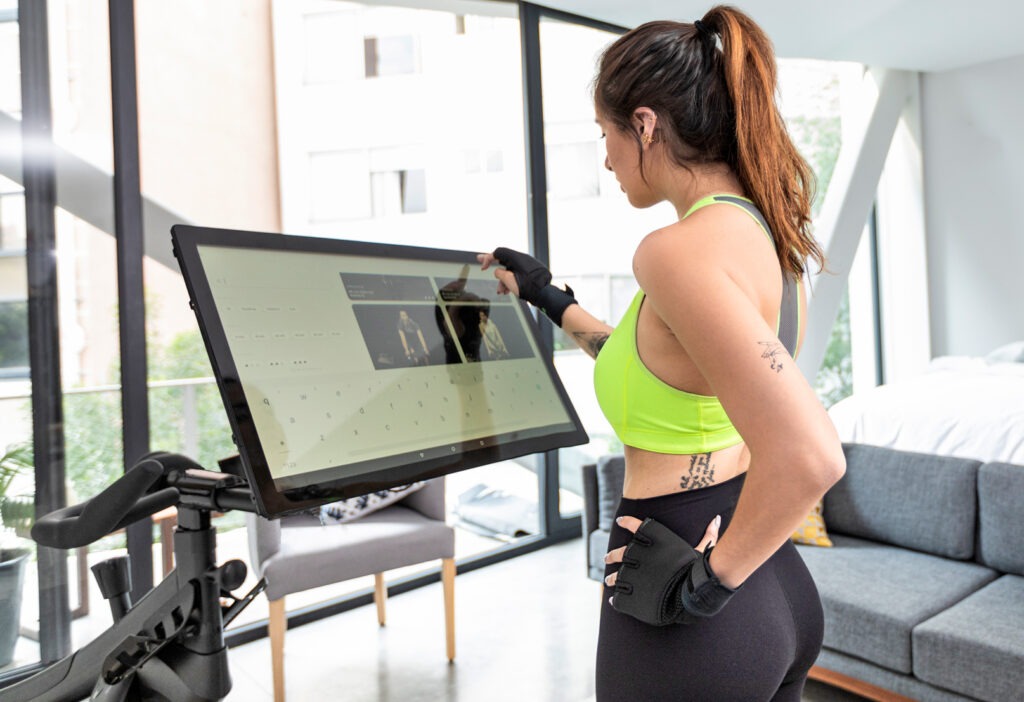
Seek courses in teaching across the entire intensity spectrum, so you don’t fall into the common trap of only ever teaching high-intensity intervals. Consider taking a course or reading a book on working with elderly riders. Seek courses in how to be an empowering, motivational, inspirational, engaging instructor (riders will flock to your classes!)
Finally, when choosing your online courses, ideally find someone with prior experience of training instructors in-person – they will have a greater understanding of relaying information than someone who’s never taught live workshops – and make sure there’s a way to contact them with questions. Check they provide transcripts and/or handouts, too.
Done well, online continuing education can play a major role in improving the quality of our instructor workforce.
@indoorcyclingassociation
@ridewithjennifer
Louise Ager
Fitness education consultant
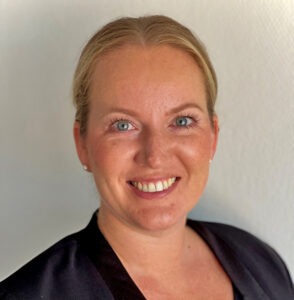
In Denmark, the last couple of years has seen a shift away from specialist cycling classes – larger timetables of differentiated classes catering specifically for beginners versus intermediates versus the ‘go hard or go home’ brigade – and towards smaller timetables of signature classes where the instructor has to try and cater for all levels and needs in one class.
This is particularly evident at larger gym chains, and for me it’s a great shame. Of course, I appreciate the desire to deliver consistent experiences. I appreciate that many instructors are sadly not sufficiently qualified nor experienced to choreograph their own excellent workouts – I’ll come on to that in a minute. I appreciate that having too many cycling classes on the timetable may mean they aren’t all full.
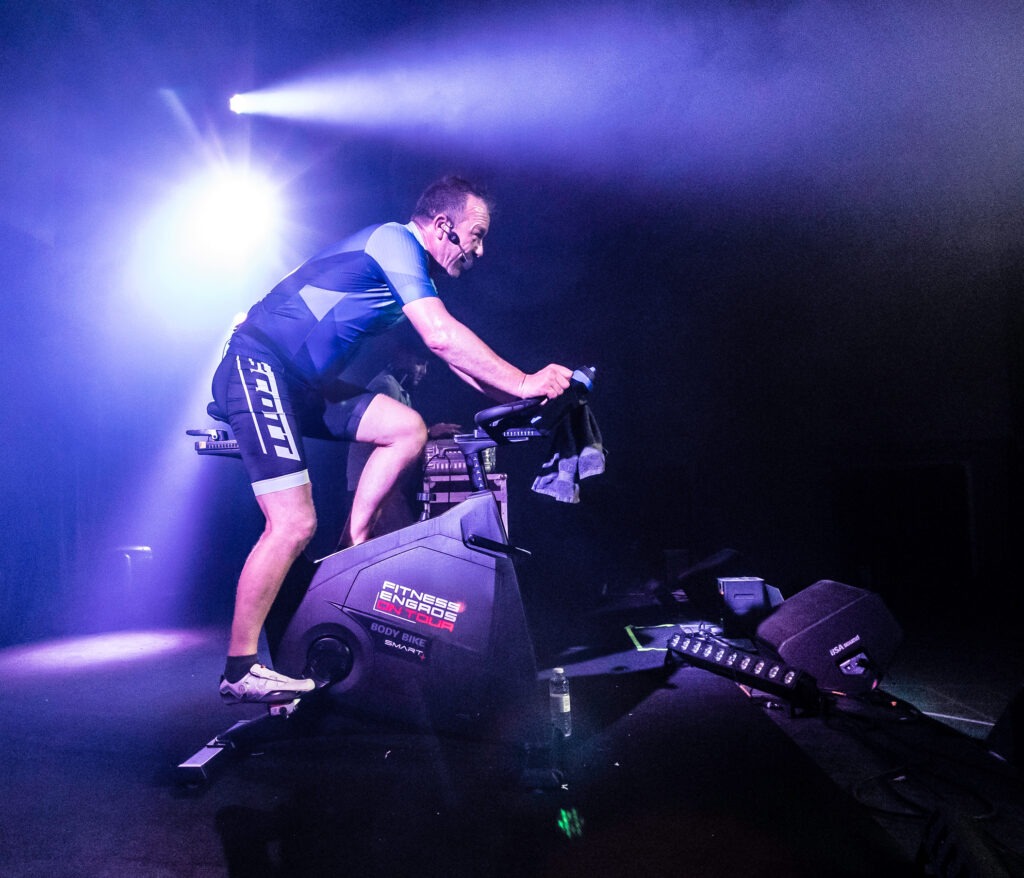
However, I believe we must offer diversity in class styles to bring a broader audience to indoor cycling: classes for beginners, for overweight people, for seniors, for endurance enthusiasts, for those short of time, for fans of different music genres. The more generic the experience, the less likely you are to really engage someone.
Education has a major role to play here. Five to 10 years ago, cycling certifications in Denmark took between five and eight weeks to complete. Now many have dropped to three to five days – a dramatically condensed timeframe that I believe offers little scope to explore the wide range of possible class styles. I think this is a major contributor to the shortage of really good cycling instructors now, and in turn to the timetables clubs can deliver.
“I’d like to see certifications take longer again, to allow new instructors to really get into the detail of different class types and audience needs”
I’d like to see certifications take longer again – 50–70 hours as a guideline – to allow new instructors to really get into the detail of different class types and audience needs. Newer topics like technology and online delivery need to be covered too, and there must be plenty of time for practice in the saddle. New instructors have to learn how to capture an audience.
They must then continue to develop themselves, attending workshops to keep building on their initial certification, fine-tuning their craft and getting better and better at engaging people, making it fun, reading the mood of the room and instantly adapting to it in their delivery and even the shape of the ride itself. Mastery is an ongoing process.
Put bluntly, we need to make instructors good enough again that they don’t have to rely on templates. We need to push standards back up.
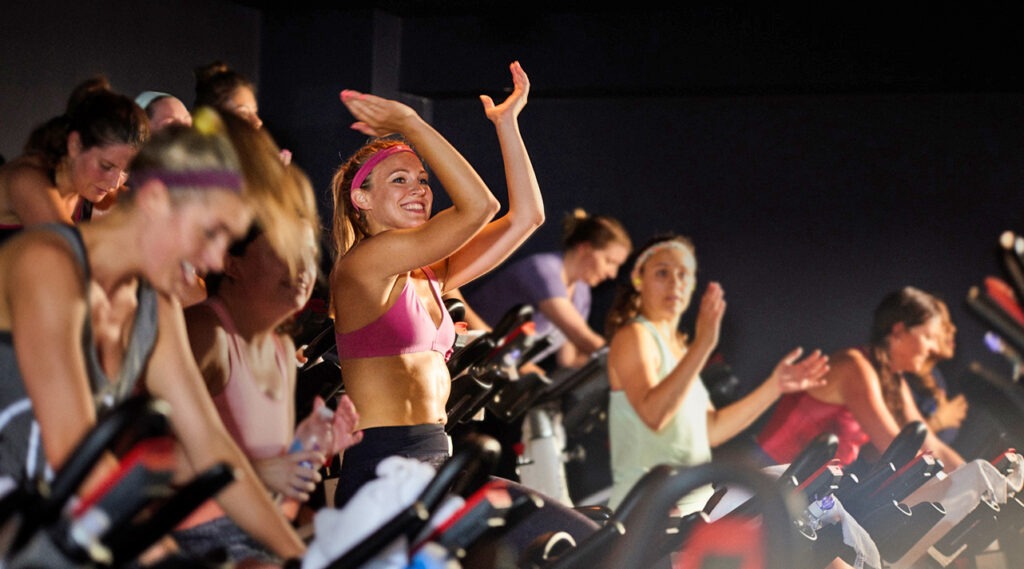
We must then let instructors be true to themselves, focusing on whatever they’re really good at and the audiences they’re really good with. They don’t have to be able to do it all – being different is good – but they do need to be better at delivering whatever they choose to specialise in.
Of course, the next step is educating studio managers and supervisors to start scheduling for a broader audience, with targeted classes that have a purpose and an intentional audience. This will be a process, but I do believe it’s the right thing to do.
Angela Reed-Fox
Course director, Indoor Cycling Institute

I believe the quickest, easiest way to upgrade a cycling studio experience is not through hardware, but through supporting instructors to improve their knowledge and skills.
Let’s start with technology. With the growth in wearables, riders are now far more informed about their bodies’ response to exercise. Instructors must upgrade their knowledge accordingly; weaving things like heart rate into a workout, boosting effectiveness for riders who have that tech, is easy to do without cluttering your instruction if you know how. The same goes for bikes with accurate power meters: instructors must upskill to design and deliver effective sessions.
Because ‘effective’ matters: people want fun, but they also want results, and just pedalling on a bike isn’t guaranteed to deliver them. I spent 10 years as a nurse and met so many people who felt they’d tried everything and nothing had worked. Instructors must learn to design and deliver sessions with specific goals rather than just filling 45 minutes, helping gyms build a reputation for quality.
“Instructors must learn to design sessions with specific goals, rather than just filling 45 minutes”
With a growing incidence of type 2 diabetes, cardiovascular disease and other lifestyle conditions, there must also be more emphasis on closing the gap between fitness and health. Done well, indoor cycling is safe and accessible for a large proportion of the population, so instructors must be trained to recognise this – and to instruct in a way that attracts, retains and boosts results for this wider cohort. This will include effective communication: nurturing, challenging and encouraging people rather than just shouting.
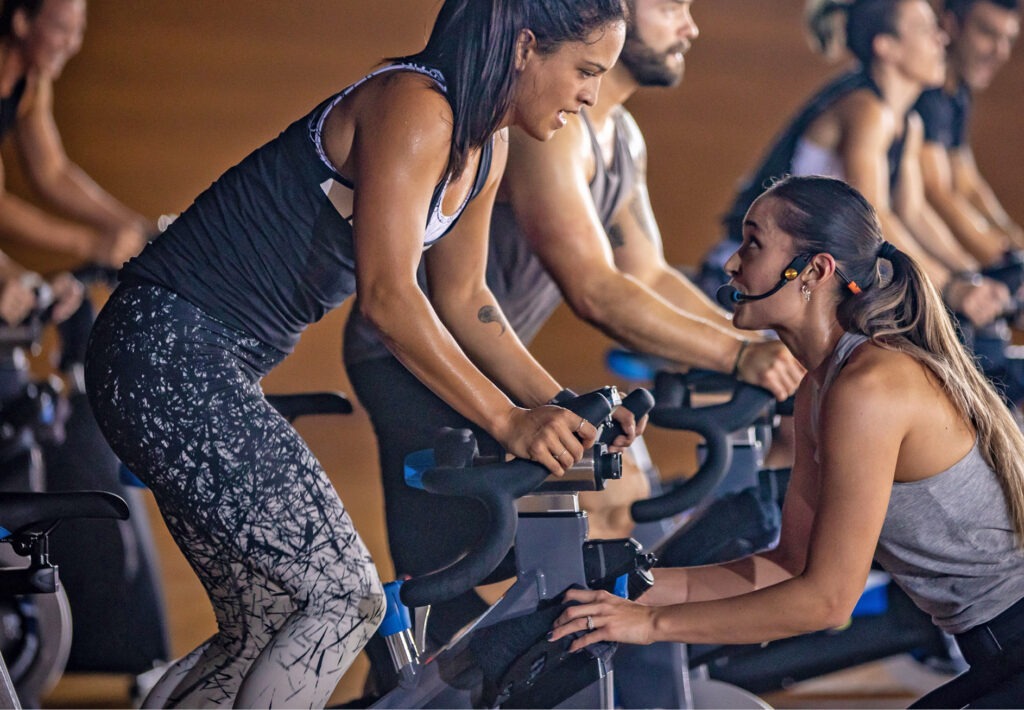
Safety is also key. I see the same mistakes being repeatedly made by instructors who don’t understand – or have forgotten – the basics about resistance, cadence and the safe interplay between the two. That’s a massive training issue and can easily lead to (avoidable) injuries and even litigation. Instructors must be able to lead safely and spot unsafe cycling in class.
They must also remember – even be (re)trained in – the basics of customer service: arrive first, leave last, know names, address riders by them. As remote offerings proliferate, every gym must identify where they can excel over online and really go for it. Community and camaraderie will be crucial.
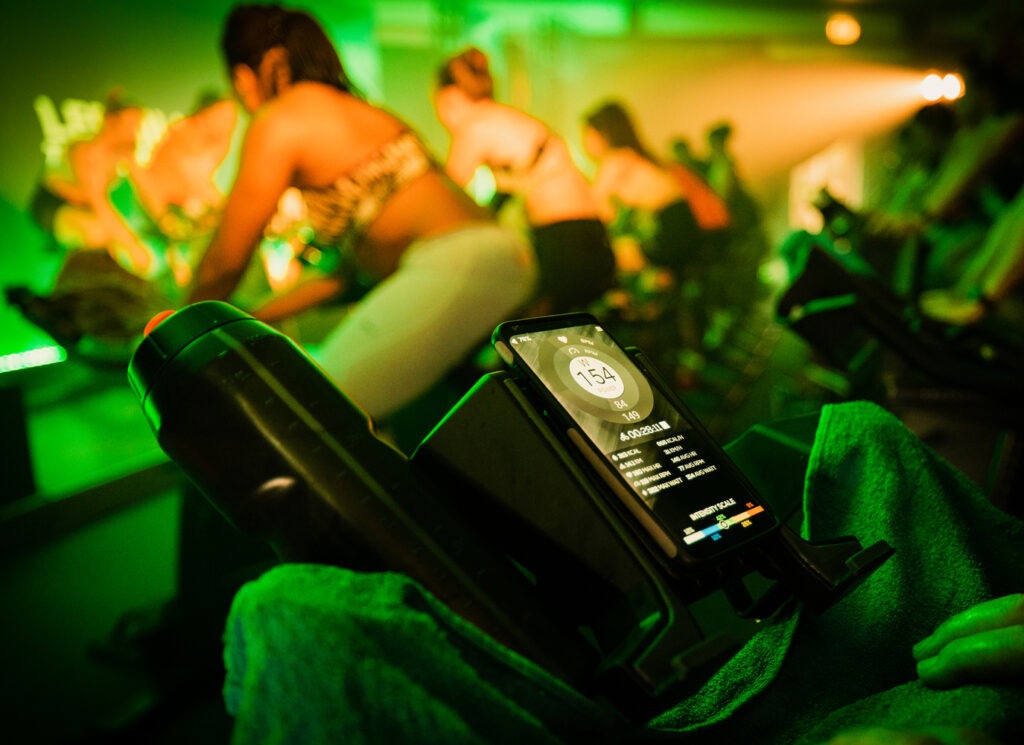
I also think there’s a growing and overdue need for studio management and lead instructor training. It doesn’t require much, but they should certainly know how to maintain safety and best practice, how to recruit and support instructors, what to keep an eye out for. As tech and bikes become more advanced, and riders come to expect more, this is becoming a discrete set of responsibilities that needs to be covered within training.
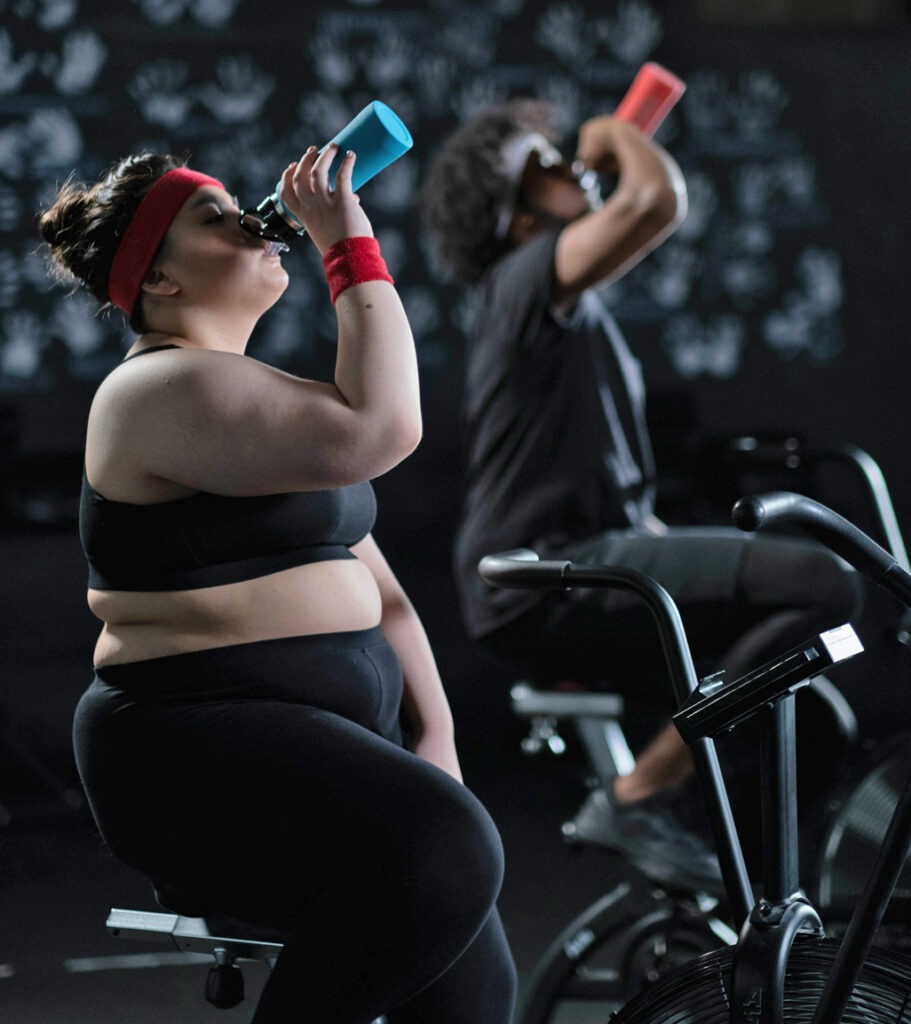
Finally, many instructors just want to excel at indoor cycling: the discipline is heading into its own space, and that’s entirely right. I believe it’s outdated to expect instructors to also have a certificate in gym instructing, PT or exercise to music. Cycling shouldn’t be CPD on top of one of those qualifications. Rather, there should be regularly updated, indoor cycling CPD on top of a dedicated, entry-level indoor cycling certificate.

Conceived, powered and funded by BODY BIKE®, RIDE HIGH has a simple mission: to celebrate and champion the very best of indoor cycling, sharing ideas, stories and experiences from around the world to inspire the sector on to even bigger and better things. Subscribe for free by leaving your details below and we'll send indoor cycling's hottest news direct to your inbox three times a year.


